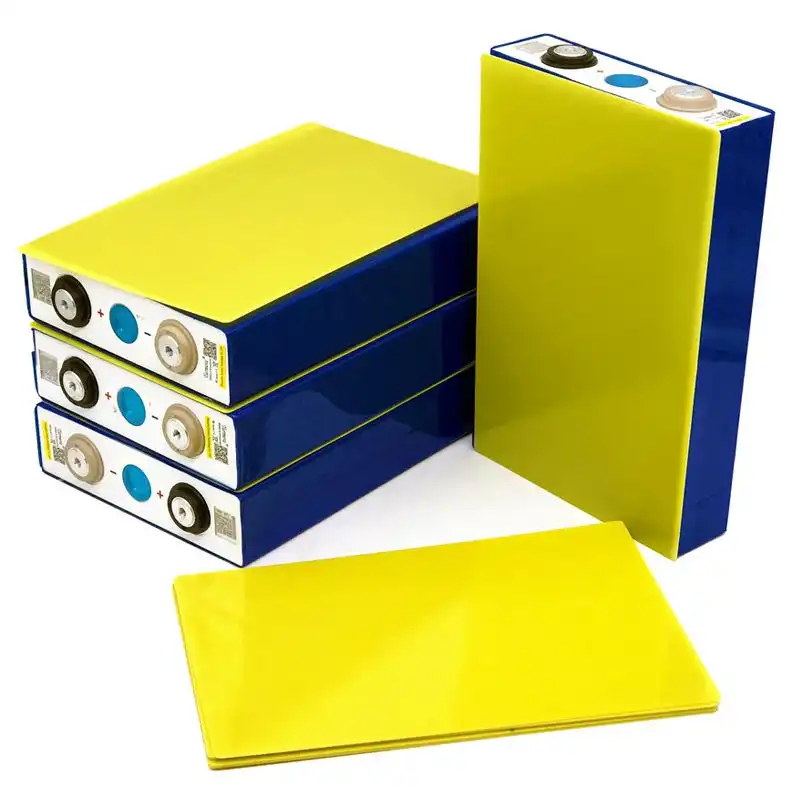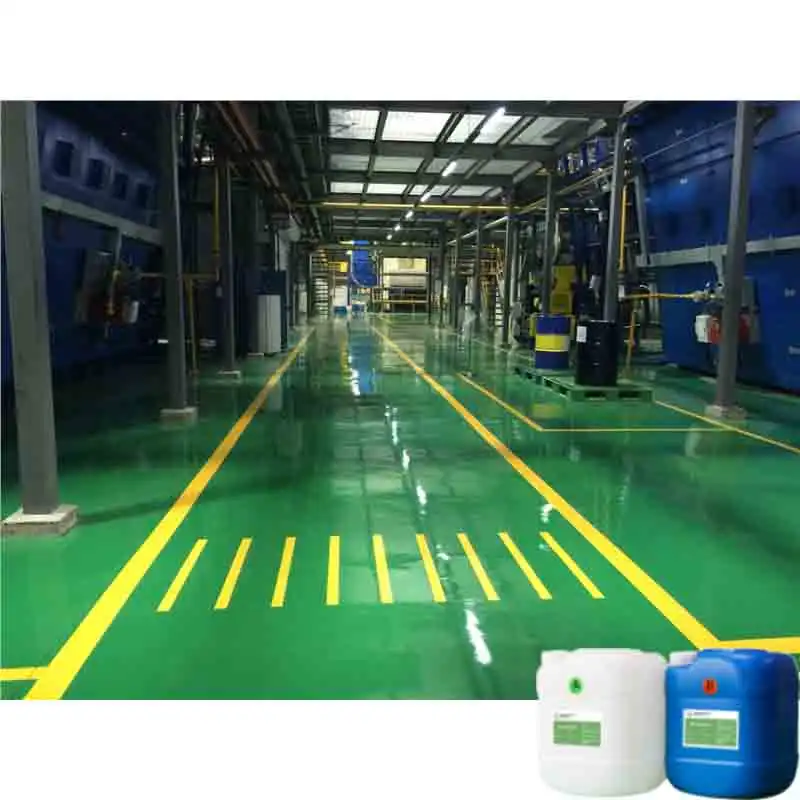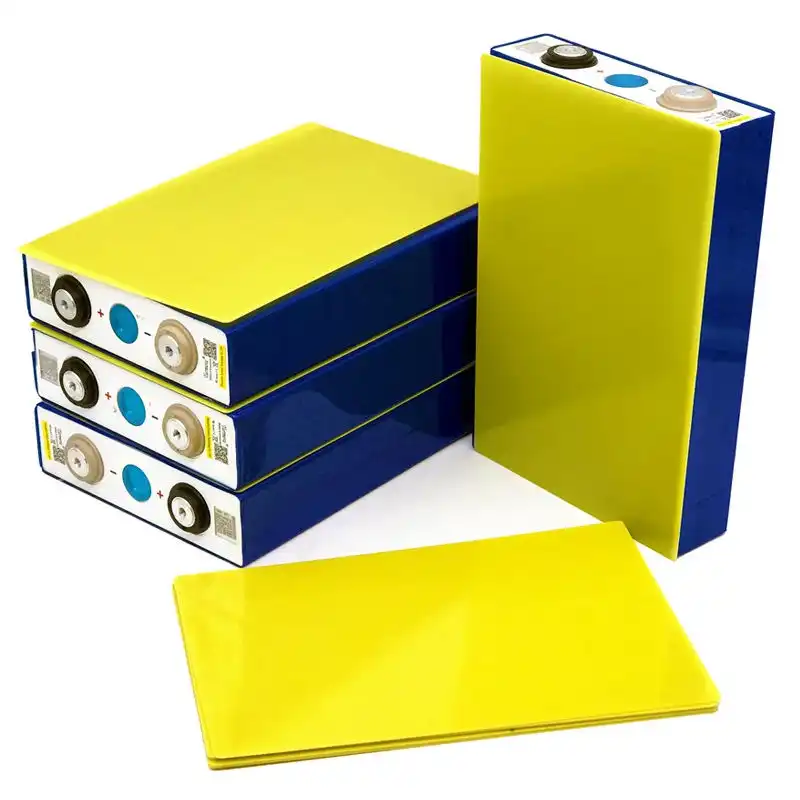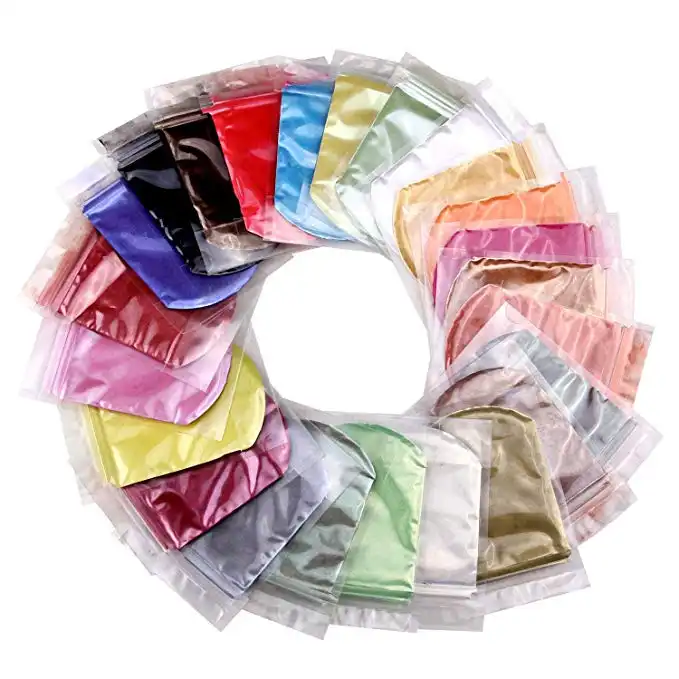The Synthesis, Constitution, and Uses of Bakelite
2024-12-06 16:45:55
Bakelite, a groundbreaking synthetic plastic, has left an indelible mark on the world of manufacturing and design since its inception in the early 20th century. This revolutionary material, known for its excellent insulating properties and durability, continues to play a significant role in various industries today. In this comprehensive exploration, we'll delve into the synthesis, constitution, and diverse applications of Bakelite, shedding light on its enduring importance in the modern world.
|
|
Basic Information: Brand: JingHong Materials: Phenolic Resin Nature Color: Black and Orange Thickness: 2mm --- 100mm Regular Size: 1040mm*2080mm Custom Size: 1220mm*2440mm Packaging: Regular packing, Protect by Pallet |
| Learn More | |
The Synthesis of Bakelite: A Chemical Marvel
The creation of Bakelite represents a pivotal moment in the history of synthetic materials. Its synthesis involves a complex chemical process that yields a versatile and robust plastic with unique properties.
The Phenol-Formaldehyde Reaction
At the heart of Bakelite synthesis lies the phenol-formaldehyde reaction. This process involves the condensation of phenol and formaldehyde under specific conditions, resulting in a thermosetting polymer. The reaction occurs in two main stages, each contributing to the formation of the final product.
Catalysts and Reaction Conditions
The synthesis of Bakelite requires careful control of reaction conditions and the use of appropriate catalysts. Factors such as temperature, pressure, and pH play crucial roles in determining the properties of the resulting material. Catalysts, typically acids or bases, are employed to facilitate the polymerization process and influence the final structure of the Bakelite.
Curing and Molding Processes
The Bakelite resin goes through a curing procedure after the initial reaction is complete. Heat and pressure are applied in this step, causing the polymer to cross-link and solidify into its final form. The final Bakelite product's mechanical and electrical characteristics are largely determined by the curing process. The material is extremely adaptable for a variety of uses at this stage since it can be shaped into numerous shapes.
The Constitution of Bakelite: Structure and Properties
Understanding the constitution of Bakelite is key to appreciating its remarkable qualities and wide-ranging applications. The unique molecular structure of this material contributes to its exceptional characteristics.
Molecular Structure and Cross-linking
Bakelite’s unique properties stem from its highly cross-linked structure, formed by the interconnecting phenol and formaldehyde molecules. This three-dimensional network creates its thermoset nature, meaning once cured, Bakelite cannot be re-melted or reshaped. The degree of cross-linking during synthesis plays a critical role in tailoring the material's hardness, strength, and resistance to heat and chemicals, enabling it to be customized for a wide range of applications. This versatility makes Bakelite an ideal choice for both industrial and consumer products.
Physical and Chemical Properties
The unique constitution of Bakelite grants it a range of outstanding physical and chemical properties. It excels in electrical insulation, making it indispensable for electrical components, while its high heat resistance ensures reliable performance in high-temperature environments. Bakelite also boasts impressive mechanical strength, making it durable and resistant to wear. Its excellent chemical resistance allows it to withstand harsh environments, while its low thermal expansion and dimensional stability make it an ideal material for applications requiring precise measurements and long-term reliability.
Variations and Modifications
Although Bakelite's basic structure is mostly unaltered, it may be modified in a number of ways to satisfy certain performance requirements. To improve its strength, flexibility, or resistance to particular chemicals, fillers, reinforcing agents, or other additions may be added. Because of these modifications, Bakelite is a material that can be used in a variety of sectors, including electronics and the automotive sector, and can be tailored to fit the specific needs of various applications.

The Uses of Bakelite: From Historical Applications to Modern Innovations
Bakelite's unique combination of properties has led to its widespread adoption across numerous industries. Its versatility continues to make it a valuable material in both traditional and cutting-edge applications.
Electrical and Electronic Applications
The electrical and electronic sectors are among Bakelite's most important applications. Because of its superior insulating qualities, it is perfect for parts like circuit boards, switch plates, and electrical sockets. In the field of electronics, Bakelite is still used in the production of some specific parts where its dimensional stability and heat resistance are very useful.
Automotive and Aerospace Industries
The automotive and aerospace sectors have long relied on Bakelite for various applications. In automobiles, it can be found in distributor caps, brake pads, and certain engine components. The aerospace industry utilizes Bakelite in insulation materials, control panels, and specialized parts where its combination of lightweight and high-performance characteristics is particularly valuable.
Consumer Goods and Design
Beyond its industrial applications, Bakelite has carved out a niche in the world of consumer goods and design. Its aesthetic qualities and durability have made it a favored material for jewelry, decorative items, and vintage collectibles. The rich colors and warm feel of Bakelite continue to appeal to designers and collectors alike, ensuring its ongoing presence in the realm of decorative arts.
Conclusion
The synthesis, constitution, and uses of Bakelite represent a fascinating intersection of chemistry, materials science, and industrial innovation. From its groundbreaking synthesis to its diverse applications, Bakelite continues to demonstrate its relevance in the modern world. As we look to the future, the principles behind this remarkable material continue to inspire new developments in polymer science and sustainable materials, ensuring that the legacy of Bakelite will endure for generations to come.
Contact Us
Are you interested in high-quality insulating materials for your industrial applications? Our company, with over 20 years of experience in producing and selling insulating sheets, can provide you with expert solutions. Contact us at info@jhd-material.com to learn more about our products and how we can meet your specific needs.
References
1. Kaufman, M. (2018). The First Century of Plastics: Celluloid and Bakelite. The Chemical Heritage Foundation.
2. Crespy, D., Bozonnet, M., & Meier, M. (2008). 100 Years of Bakelite, the Material of a 1000 Uses. Angewandte Chemie International Edition, 47(18), 3322-3328.
3. Bijker, W. E. (1993). Do Not Despair: There Is Life after Constructivism. Science, Technology, & Human Values, 18(1), 113-138.
4. Shashoua, Y. (2008). Conservation of Plastics: Materials Science, Degradation and Preservation. Butterworth-Heinemann.
5. Ueda, K., & Ueda, A. (2017). Chemical Modification of Phenolic Resins and Their Applications. In Phenolic Resins: A Century of Progress (pp. 245-281). Springer.
6. Gardziella, A., Pilato, L. A., & Knop, A. (2013). Phenolic Resins: Chemistry, Applications, Standardization, Safety and Ecology. Springer Science & Business Media.








